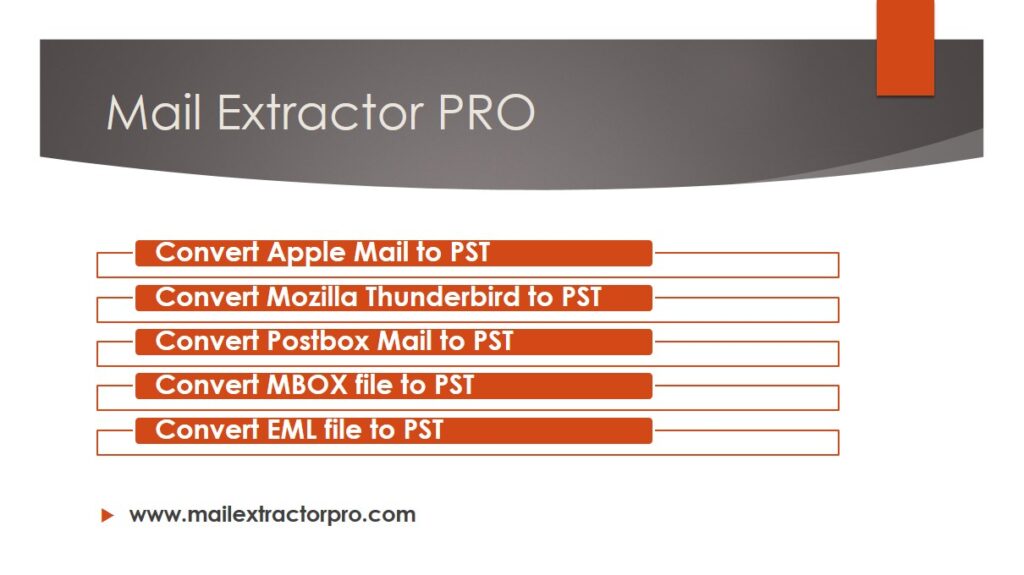

- HOW TO CONVERT MBOX TO OUTLOOK FILE HOW TO
- HOW TO CONVERT MBOX TO OUTLOOK FILE PDF
- HOW TO CONVERT MBOX TO OUTLOOK FILE PROFESSIONAL
- HOW TO CONVERT MBOX TO OUTLOOK FILE DOWNLOAD
You can choose to create a new folder or move data from an existing folderĢ. Launch Live on your Windows system (laptop or computer).
HOW TO CONVERT MBOX TO OUTLOOK FILE HOW TO
Get your software quickly from the MBOX Conversion tool official website.Also Read: How to Convert OST to PST – Complete Guide Why Convert MBOX To PST


Hence, you have just seen the whole MBOX file to PST conversion is completed within very few steps and now SeaMonkey email client data can be easily accessed in the Microsoft Outlook account.

Give the location of the MBOX file and in case you do not remember, click on ‘Find File’ option to search for it in your system drive.A list of supported email clients will appear.
HOW TO CONVERT MBOX TO OUTLOOK FILE DOWNLOAD
HOW TO CONVERT MBOX TO OUTLOOK FILE PDF
Apart from MBOX to PST conversion, tool also allows you to save your converted file into other files formats like RTF, PDF or HTML, etc.ĭownload Now Automated Conversion of SeaMonkey MBOX file to Outlook PST The tool will help you out in performing the MBOX conversion of various files in minimum number of clicks.
HOW TO CONVERT MBOX TO OUTLOOK FILE PROFESSIONAL
In case you are looking for methods through which you will be able to access your SeaMonkey mails through Outlook account or switching to the Outlook account owing to its more flexible and secure features along with better account management, then it is recommended to opt for a professional third-party tool since conversion of files needs to be carried out first in order to settle down the difference in the file format supported by both the email clients as Microsoft Outlook supports PST file format and SeaMonkey supports MBOX file format only. Users can also get the default location of the SeaMonkey database file through the email client interface by navigating to Accounts section for the added account >selecting View settings for this account option>clicking on Server Settings>moving to the Local directory section and copying the path location of the data file and pasting it to the file explorer to directly reach the data file. “C:\Documents and Settings\Administrator\Application Data\Mozilla\SeaMonkey\Profiles\fault\Mail”


 0 kommentar(er)
0 kommentar(er)
